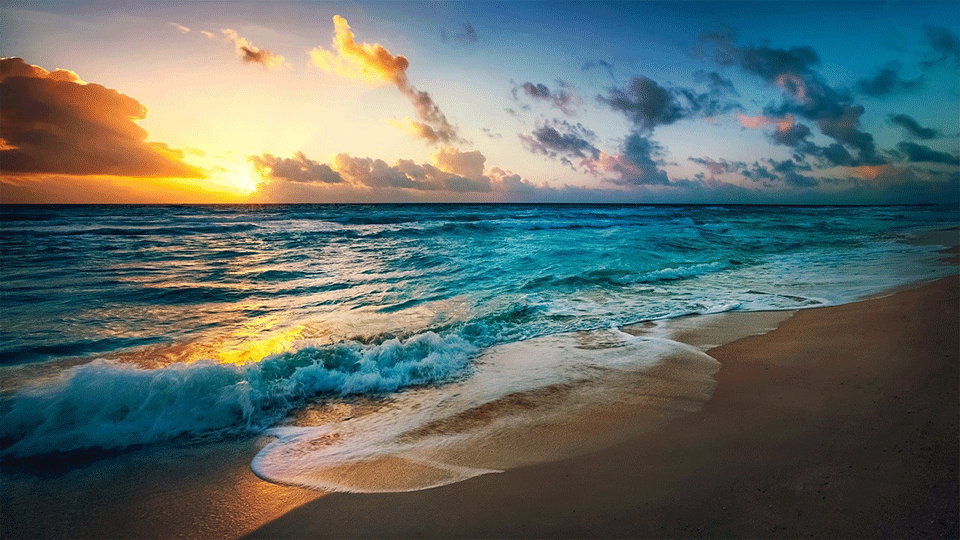

Whenever water is involved, the right gear becomes paramount. Water shoes are one such gear that can dramatically impact your experience, for better or worse. From protection against rocks and shells to preventing slips and trips, water shoes are an indispensable asset for any water-based activity. But it can be challenging to know which type to choose for different activities. This guide will provide a more detailed look into various types of water shoes that best suit specific water activities.
While beach fun is all about playing waves and building sandcastles, it’s crucial to protect your feet from unexpected underfoot challenges like hot sands, sharp rocks, shells, or broken glasses. Lightweight, flexible water shoes with mesh upper are often the best choice. They offer excellent breathability, quick drainage, and, with their thicker soles, they provide decent underfoot protection. Also, select shoes with a snug fit to keep sand out and feet comfortable.
With unpredictable river beds consisting of slippery rocks, pebbles, and sometimes sharp objects, river trekking calls for more robust water shoes. Choose ones with a thicker, rugged sole for sound grip and a durable upper made of materials such as neoprene or leather. Shoes with adjustable and secure fastening systems like laces or straps can prevent them from getting carried away by the water flow.
For deep-sea adventures like scuba diving, water shoes or diving boots need to offer the dual function of thermal insulation and substantial protection. Look for water shoes with thicker, hard soles and neoprene uppers. These diving boots should fit comfortably inside your fins without creating any pressure points.
When you're paddle boarding, water shoes can play a significant role in your balance. Choose a pair that offers an excellent grip to support a stable stand on the board. Lightweight shoes with a flexible sole can help maintain board-feel, and a fast-drying design will aid in keeping your feet dry, reducing the risk of slipping.
Kayaking can involve immersing in cold water and steep, rocky terrains for portage. A neoprene upper offers excellent insulation while a thick, grippy sole helps navigate portage easier. Depending on the fit of your kayak, choose between low-cut and high-cut styles - ensuring they are comfortable and don't interfere with your kayak's cockpit layout.
Sailing shoes must provide excellent grip even when the deck is wet and slippery. Quick-drying, breathable material is key to keeping the feet cool and comfortable, while the soles should be non-marking to prevent leaving any scuffs on the deck. A secure fastening system, such as laces, ensures they stay firmly attached to your feet amidst all the action.
For fishing, select water shoes depending on the fishing mode - wading, boat, or fly fishing. Hybrid water shoes that transition from water to land smoothly are great for wading, while quick-drying shoes with slip-resistant soles work well for boat-based fishing.
While bare feet are typically best for swimming, if you need shoes for added protection, swim shoes or water socks are ideal. They offer lightweight design, snug fit, and are usually made of neoprene with a flexible, thin outsole offering basic protection and superior swimming performance without hindering foot flex.
Choosing the right type of water shoes can significantly enhance your comfort and performance during water activities. With a better understanding of what to look for depending on your activity - beach frolicking, river trekking, scuba diving, paddle boarding, kayaking, sailing, fishing, or swimming, you can select the most suitable water shoes. So the next time you plan a water bound adventure, remember to give a foot’s thought on donning the right water shoes. Because no two splashes are the same, and neither are their shoe demands.